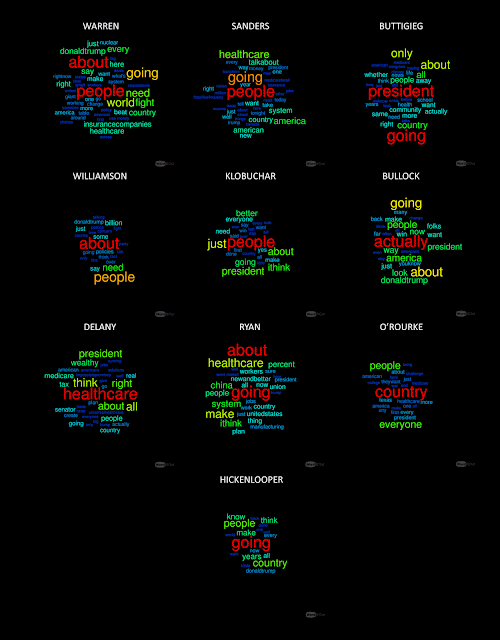In a recent Omnibus podcast, hosts John Roderick and Ken Jennings discussed “pedantry," a slavish devotion to detail. When is it acceptable to correct someone else’s grammar, style, or facts? What does it accomplish? What is the potential damage to reputation and social construct?
The two hosts are both learned men, brains overflowing with “esoterica and wonder,” and yet neither was willing to defend undue displays of knowledge. Jennings said that as a smart kid growing up, he was very sensitive to being labeled a know-it-all. Roderick invoked Judith Martin’s Miss Manners as his guide to social acceptability. In the end, they both agreed that correcting someone in a social setting rarely changed the opinion of the infractor and only created uncomfortable situations. They then proceeded to illustrate how grammatical rules themselves are “arbitrary, made-up, out-of-date, or all three.”
Fine. I accept their premise that English is an evolving language, and as such, its rules are not necessarily set in stone. On the other hand, I respect the keepers of the language who see proper English as more than simply a vehicle for concepts, but rather an entity with its own rules, history, style, and prestige. Yes, English will evolve, but slowly and purposefully, not simply at the whim of practitioners of slang who are too lazy to learn the rules of engagement.
Wow. That sounded sanctimonious, even for me. Yet my point is that all “truths” crumble under too much scrutiny. For example, I have a relative who is quick to complain about the rules of grammar he deems illogical or outdated. This same relative (whose name I will keep secret, partly for privacy, but mostly to create a sense of mystery and literary tension) is quick to correct others when they mispronounce a word, misstate a fact, or misrepresent a concept. “You don’t understand,” he says in the imaginary discussion I am having in my head, “I am preserving facts, not classist rules that are irrelevant to the people actually using the language.” “Yes,” I respond in this imaginary debate, “but wrong is wrong. Who gets to decide which is the wronger wrong?” At this point, the conversation devolves into name calling.
Pedantry is certainly alive and well on the Internet. I would wager the most common word in Facebook comments is, “actually…” Everyone has their own personal unforgivable sin that MUST be called out. Everyone is a purveyor of the truth. But are they?
Take the following hypothetical statement.
"On January 1, 2000, on the first day of the millennium, me and Joan were literally over the moon that are friends brought our favorite cokes (A&W Root Beer and 7 Up) to our party to celebrate Russell Means, our favorite Indian activist."
Now, what did you want to correct first?
- Was it the improper use of “me and Joan”? [But that’s based on classist old-fashioned rules that do not affect ambiguity of meaning]
- Was it the improper description of the millennium as the year 2000 instead of 2001? [But that’s what everyone commonly called the year that all the digits changed over.]
- Was it the improper use of "literally," instead of "figuratively?" [But many people now use "literally" in a non-literal context.]
- Was it the colloquial use of “coke” as generic soft drink, even though “Coke” is a trademarked name and does not own A&W or 7 Up? [But that’s just a regional way of saying soft drink.]
- Was it the use of “Indian” instead of “Native American” to describe Russell Means? [But Indian is still commonly used to describe Native Americans, even in official government documents.]
Which was the worst offender? What was the “wrongest wrong”? Who gets to decide? Pedantry is definitely a minefield, not just in how we correct, but in what we correct.
And yet, some statements do call out for public response and correction, particularly when they are expressed by those seeking unabashed self-promotion, spreading dangerous myths, or simply trolling. For example, take the following hypothetical statement:
“You know, it’s amazing that Barack Obama played more golf than any other president, considering that he was a foreign-born, Muslim, socialist.”
Even I am screaming at the computer right now, and I wrote the damn sentence.
So, maybe pedantry does have its place and time. Maybe some truths are immutable. Maybe we should all become defenders of veracity. Or perhaps “truth” itself is a malleable social construct, subject to the shifting tides of perception.
Actually…


